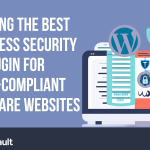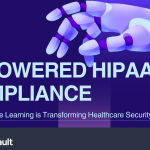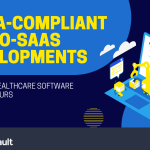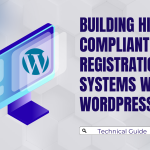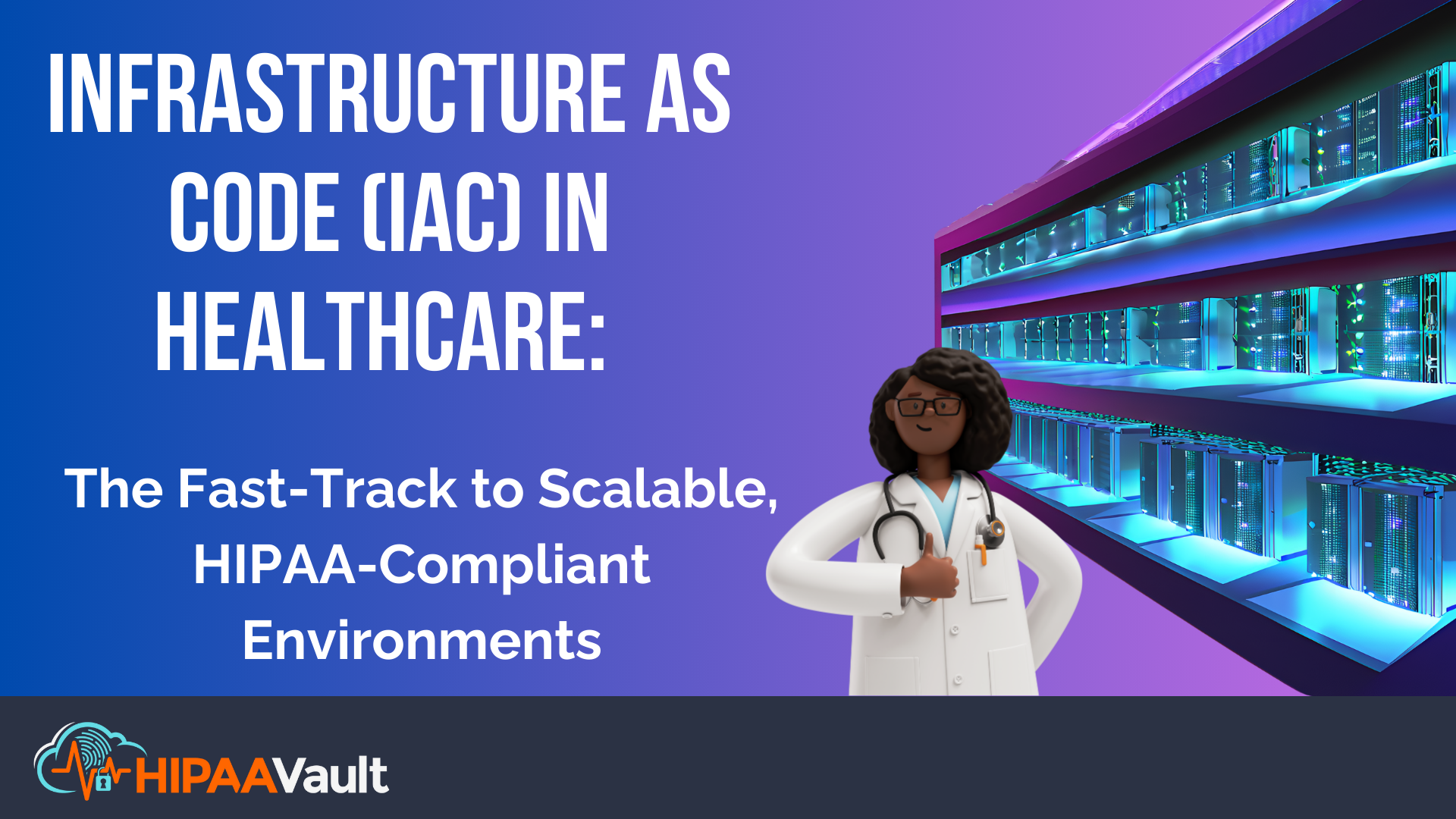
Infrastructure as Code (IaC) in Healthcare: The Fast-Track to Scalable, HIPAA-Compliant Environments
Introduction
Healthcare organizations are under increasing pressure to modernize their IT systems while maintaining strict regulatory compliance. As patient volumes grow and digital services expand, traditional infrastructure management methods simply can’t keep up. Manual processes lead to inconsistencies, longer deployment times, and an increased risk of misconfigurations—each one a potential compliance hazard.
Infrastructure as Code (IaC) offers a modern alternative. By codifying infrastructure configurations and automating deployments, IaC empowers healthcare IT teams to build secure, scalable environments that are easier to manage and inherently more resilient. When paired with a HIPAA-compliant cloud platform, IaC becomes a powerful enabler of compliance and operational efficiency.
The Growing Need for Automation in Healthcare IT
Hospitals, clinics, and digital health platforms rely heavily on cloud infrastructure to store and manage electronic protected health information (ePHI). But with increasing demand for telemedicine, mobile access, and interoperability, static IT environments fall short. The complexity and sensitivity of healthcare data require not just performance, but rigorous security controls that are consistent and auditable.
Automation through IaC addresses these needs by making infrastructure repeatable, version-controlled, and less prone to error—all critical factors in supporting HIPAA compliance.
What is Infrastructure as Code (IaC)?
Definition and Core Principles
Infrastructure as Code is the practice of managing and provisioning computing infrastructure using machine-readable configuration files. Rather than manually setting up servers, networks, and databases, IaC allows teams to define their environments in code, often using tools like Terraform, Ansible, or AWS CloudFormation.
How IaC Differs from Traditional IT Management
Traditional infrastructure management involves manual setup through GUIs or command-line interfaces, which makes environments hard to replicate or audit. IaC replaces this with automated scripts, enabling consistent and repeatable environments across development, testing, and production. This is especially valuable in healthcare, where system integrity and traceability are paramount.
Benefits of IaC for Healthcare Organizations
1. Faster, Automated Deployments
IaC reduces the time it takes to deploy infrastructure from days or weeks to minutes. This speed is crucial for healthcare providers launching new services, scaling operations, or responding to urgent system demands.
2. Improved Security Through Consistency
Misconfigurations are one of the leading causes of data breaches. IaC minimizes this risk by standardizing configurations and ensuring that every environment is built exactly as intended, every time.
3. Easy Scalability
As patient records grow and application usage surges, healthcare platforms must scale without compromising performance or security. IaC makes it easy to scale up (or down) infrastructure with predictable results, ensuring resources align with real-time demand.
Ensuring HIPAA Compliance with IaC
Automating Security Policies and Access Controls
HIPAA mandates strict control over who can access ePHI and how systems are configured. IaC enables the enforcement of these policies programmatically. Access rules, encryption settings, and audit logs can all be built into code, ensuring they are applied uniformly.
Continuous Compliance Monitoring
IaC integrates well with monitoring tools that track compliance status in real-time. By automating checks for misconfigurations or drift from secure baselines, organizations can maintain a consistent security posture and generate audit-ready reports at any time.
Reducing Misconfigurations and Human Error
Human error remains a major cause of security incidents. IaC drastically reduces the need for manual intervention, lowering the likelihood of mistakes and supporting a proactive approach to risk management.
How HIPAA Vault Implements IaC for Healthcare IT
Custom, HIPAA-Compliant Cloud Environments
HIPAA Vault leverages Google Cloud Platform (GCP) to deliver fully managed, HIPAA-compliant environments built using IaC. Our engineers design tailored solutions that automate infrastructure deployment while ensuring full alignment with security and compliance requirements.
Scalable Hosting for Critical Healthcare Applications
Whether supporting the video pipeline for AI-assisted robotic surgery or hosting the Wyoming Eligibility System, HIPAA Vault builds scalable environments that grow with demand—without sacrificing compliance or performance.
24/7 Security Monitoring and Proactive Management
Our security-first approach includes continuous monitoring, intrusion detection, and automated alerts. With under 15-minute response times and dedicated support, we help healthcare organizations maintain uptime, integrity, and trust.
Success Story:
A healthcare robotics firm turned to HIPAA Vault after struggling to build a compliant and scalable infrastructure. By implementing IaC, we helped them streamline deployments and achieve compliance faster—enabling innovation in surgical technology without operational setbacks.
Conclusion: Why IaC is the Future of Healthcare Cloud Infrastructure
Infrastructure as Code is more than a buzzword—it’s a foundational shift in how healthcare IT is built and managed. By enabling automation, consistency, and rapid scaling, IaC supports the twin goals of innovation and compliance.
For healthcare providers looking to modernize their infrastructure without introducing new security risks, IaC offers a clear path forward. And with HIPAA Vault as your partner, you gain not only technical expertise but also the assurance that your infrastructure is built to meet the highest standards of HIPAA compliance.

